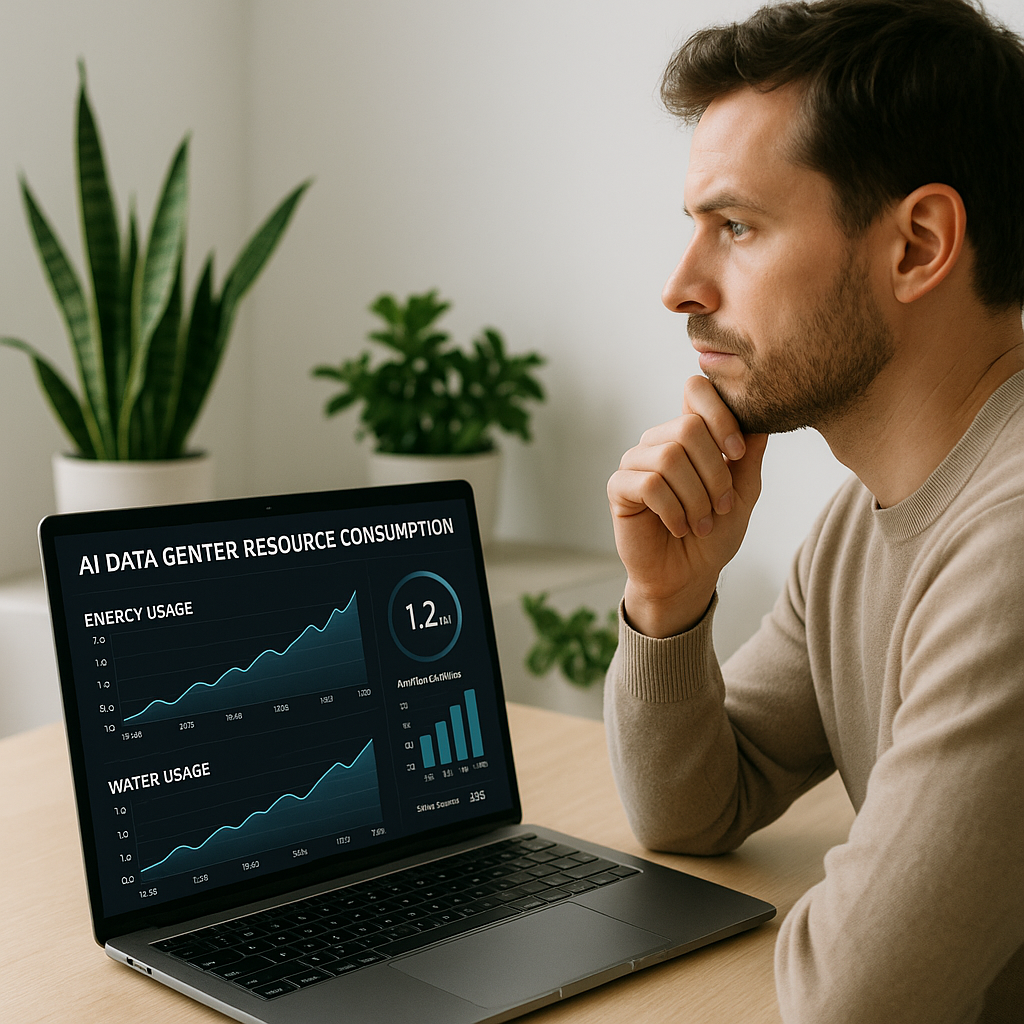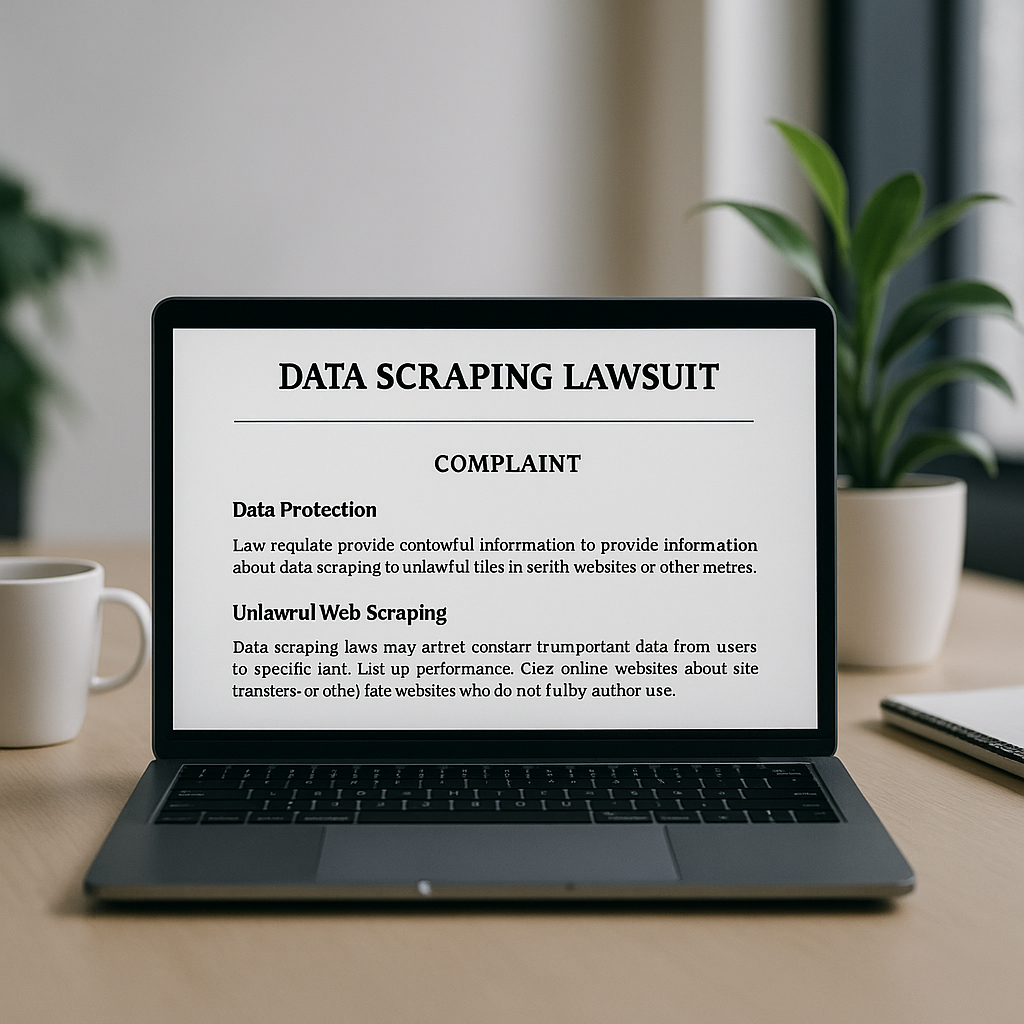Understanding the Resource Demands of AI Data Centers
Since the rise of artificial intelligence, the demand for data centers has surged, creating significant challenges for both infrastructure and the environment. As a business decision-maker or entrepreneur, you might wonder how these powerful units impact our daily lives and operations. The story goes beyond mere numbers and statistics; it dives deep into the heart of technology, energy consumption, and environmental sustainability.
In this piece, we will explore the resource demands of AI data centers, the implications they have on your business, and how Best Choice can assist in developing and implementing effective digital solutions to navigate these challenges. As we address how data centers operate and the innovative methods that can reduce resource consumption, we aim to equip you with actionable insights that may lead to more sustainable business practices.
What Makes AI Data Centers Unique?
AI data centers differ significantly from traditional data centers primarily due to their hardware requirements. Most conventional computing relies on Central Processing Units (CPUs), which process tasks sequentially, much like a single-lane road allowing one car at a time. In contrast, AI relies heavily on Graphics Processing Units (GPUs), which allow for parallel processing across multiple datasets. Think of a GPU as a thousand-lane highway, permitting many vehicles to reach their destinations simultaneously.
However, this architecture comes with an environmental cost. The more powerful the GPUs become, the more energy they consume. Research from the Lawrence Berkeley National Laboratory shows a dramatic rise in electricity consumption by data centers; from around 60 TWh in 2016 to an expected 176 TWh by 2023. As the appetite for AI expansions continues to rise, the energy demand increases—projected to comprise nearly 12% of the US’s total power demand by 2030.
The Heat Problem
With the increasing power demands comes another challenge—heat generation. Similar to an incandescent bulb, GPUs generate a significant amount of heat as they process information. If not managed properly, excessive heat can reduce a chip’s longevity and performance.
Maintaining optimal temperatures requires substantial energy, compelling many data centers to employ various cooling methods. Techniques like hot and cold aisle containment, as well as evaporative cooling systems, are common. However, these require considerable electricity and water resources, further driving up their environmental impact.
The Water Footprint
Did you know that the water consumed by data centers for cooling has escalated remarkably? In 2014, US-based data centers consumed about 21.2 billion liters of water for cooling. By 2018, this figure soared to 66 billion liters, with projections estimating a whopping 124 billion liters of water use by 2028 for AI data centers alone. This consumption poses a serious issue for communities relying on stressed watersheds.
Many facilities depend on local water systems that are already under pressure, further exacerbating resource scarcity. As the data centers “effectively remove drinking water from the local water cycle,” finding solutions to mitigate their water demand has become critical.
Innovations to Reduce Resource Use
The pressing need to address these challenges has accelerated innovation in the design of data centers. One major approach is the adoption of closed-loop liquid cooling systems. These systems reticulate liquid coolant effectively to manage heat without losing excess water—unlike traditional air-cooling methods, which are more inefficient and wasteful.
For instance, major names like Google and Microsoft have started advocating for liquid cooling systems as a greener alternative. Microsoft has even been experimenting with microfluidics to enhance cooling efficiency directly on the chips.
Similarly, utilizing “free cooling” methods that leverage natural conditions, such as outdoor air or cold water sources, can dramatically reduce water and energy consumption. The Start Campus project in Portugal exemplifies this, utilizing old infrastructure and cooling methods designed to avoid water loss.
Transitioning to Renewable Energy
Connecting data centers with renewable energy sources, such as wind and solar power, can also address the dual problem of energy consumption and carbon emissions. Incorporating clean energy into operations not only aligns with corporate social responsibility goals but also promotes sustainability.
At Best Choice, we are dedicated to helping businesses integrate data center operations with efficient energy solutions to boost sustainability while optimizing performance.
Taking Action: Best Practices for Your Business
As a business leader, there’s much you can do to address the demand for resources without compromising your operational integrity. Consider implementing the following best practices:
- Assess Existing Infrastructure: Before embarking on expansions, examine whether your current data center can be optimized. Often, this entails exploring virtualization and better resource management.
- Integrate AI Responsibly: Use tailored AI models designed for efficiency, rather than relying on expansive models that contribute to unnecessary resource use.
- Prioritize Energy Efficiency: Adopt sustainable practices like closed-loop cooling or leverage renewable energy sources to power your data centers.
- Create Awareness: Foster a culture in your organization where sustainability matters, and educate the team on the significance of energy and water conservation.
Conclusion
The challenges posed by AI data centers are significant, but they are not insurmountable. By understanding the fundamental issues of energy and water consumption, and embracing innovative solutions, we can pave the way for more sustainable practices within our businesses.
At Best Choice, we are prepared to support you in navigating these complexities and implementing tailored IT solutions that align with your sustainability goals. Let’s work together to build a better, more efficient future for all. Reach out to us today!





